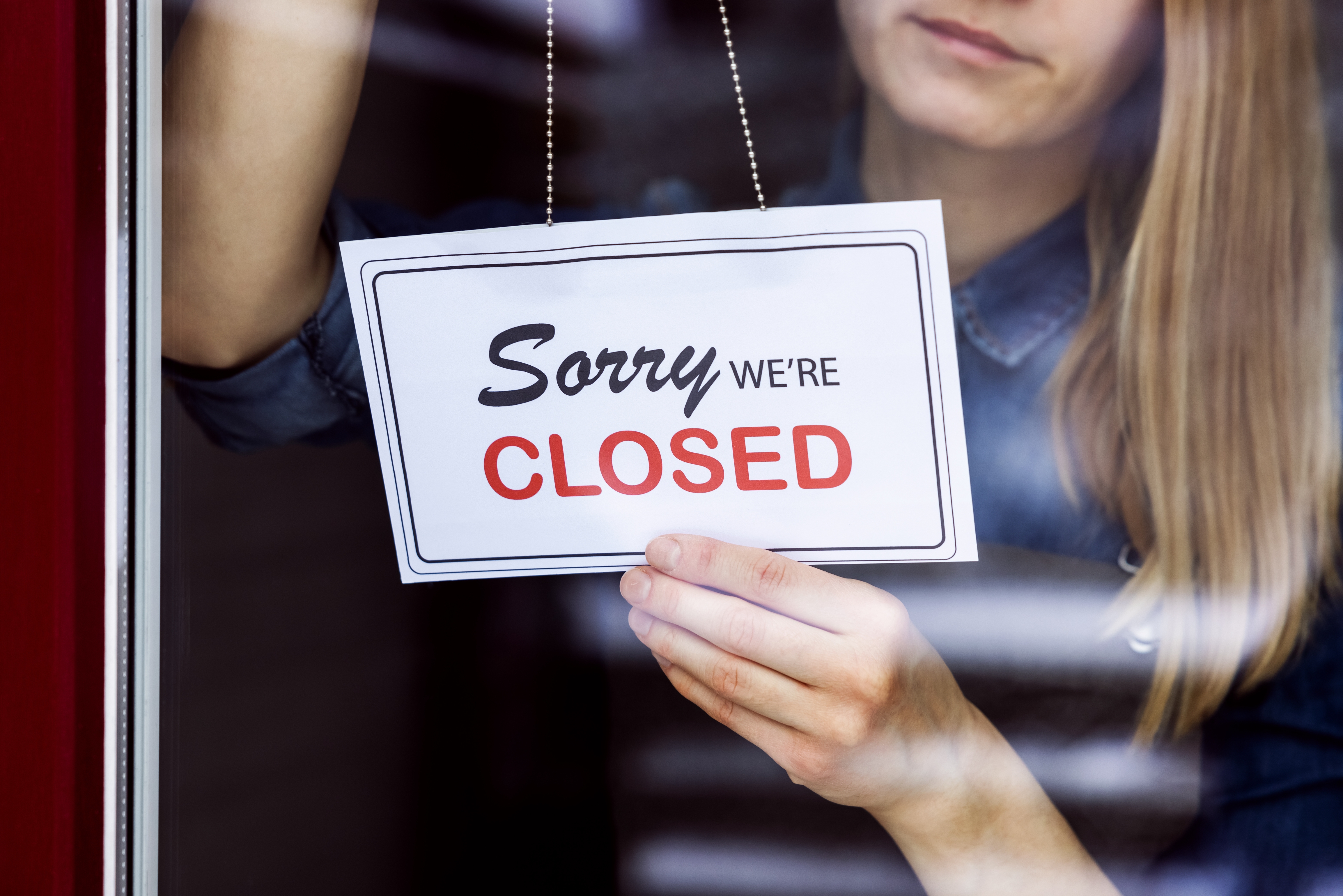Need to Build an Emergency Fund? Seven Steps to Get There
Having a safety net can mean peace of mind on top of being able to maintain your lifestyle if a financial emergency strikes.


In the realm of personal finance, one fundamental principle stands out as the cornerstone of financial stability: the emergency fund. An emergency fund serves as a safety net, providing peace of mind and protection against unforeseen financial challenges. Whether it's a sudden job loss, a medical emergency or unexpected home repairs, having a robust emergency fund can make all the difference in navigating life's uncertainties with confidence.
Why an emergency fund matters
Life is unpredictable, and financial emergencies can strike at any moment. Without adequate savings to cover unexpected expenses, individuals may find themselves resorting to high-interest loans, accumulating debt or even risking their financial security by tapping into retirement savings. An emergency fund serves as a buffer against such situations, allowing individuals to weather financial storms without derailing their long-term financial goals.
Here are some reasons why having an emergency fund is crucial:

Sign up for Kiplinger’s Free E-Newsletters
Profit and prosper with the best of expert advice on investing, taxes, retirement, personal finance and more - straight to your e-mail.
Profit and prosper with the best of expert advice - straight to your e-mail.
- Financial security. An emergency fund provides a sense of security because you know that you have a financial cushion to fall back on during challenging times.
- Preventing debt. With an emergency fund in place, you can avoid going into debt to cover unexpected expenses, thereby saving yourself from the burden of interest payments and potential financial strain.
- Maintaining lifestyle. Your standard of living can be maintained even if you’re faced with sudden financial setbacks, such as job loss or a major medical expense.
- Peace of mind. Knowing that you have funds set aside for emergencies brings peace of mind, reducing stress and allowing you to focus on other aspects of your life.
How much to save
Determining the appropriate size of your emergency fund depends on various factors, including your monthly expenses, income stability and individual circumstances. Financial experts often recommend saving three to six months' worth of living expenses in your emergency fund. However, this guideline may vary based on factors such as job security, health status and the presence of dependents.
To calculate your target emergency fund amount, start by listing your essential monthly expenses, including rent or mortgage payments, utilities, groceries, insurance premiums and loan payments. Multiply this total by the number of months' worth of expenses you aim to cover (e.g., three to six months). This figure represents your target savings goal for the emergency fund.
Building your emergency fund
Building an emergency fund requires discipline, consistency and a commitment to prioritizing savings. Here are seven practical steps to help you establish and grow your emergency fund:
1. Set clear goals.
Define your savings target based on your monthly expenses and financial circumstances. Having a specific goal will keep you motivated and focused on building your emergency fund.
2. Create a budget.
Develop a realistic budget that allocates a portion of your income toward savings each month. Identify areas where you can cut back on discretionary spending to boost your savings rate.
3. Automate savings.
Set up automatic transfers from your checking account to your emergency fund to ensure consistent contributions without relying on willpower alone. Treat your emergency fund savings as a non-negotiable expense.
4. Start small, but start now.
If saving a substantial amount seems daunting, begin by setting achievable milestones and gradually increasing your contributions over time. The key is to take the first step and prioritize saving, no matter how small the initial amount may be.
5. Use windfalls wisely.
Whenever you receive unexpected windfalls, such as tax refunds, bonuses or monetary gifts, consider directing a portion of these funds toward your emergency fund to accelerate its growth.
6. Avoid temptation.
Resist the temptation to dip into your emergency fund for non-essential expenses. Maintain discipline and remind yourself of the fund's intended purpose — to safeguard your financial stability during emergencies.
7. Review and adjust.
Periodically review your budget and savings progress, making adjustments as needed to stay on track toward reaching your emergency fund goal. Life circumstances may change, so be flexible in adapting your savings strategy accordingly.
An emergency fund is the bedrock of financial stability, providing protection against unforeseen financial hardships and empowering individuals to navigate life’s uncertainties with confidence. By understanding the importance of an emergency fund and taking proactive steps to build and maintain one, you can strengthen your financial resilience and pave the way toward a more secure future.
Start today by setting clear goals, creating a budget and prioritizing consistent savings — your future self will thank you for it.
Justin Stivers is an investment advisory representative of and provides advisory services through CoreCap Advisors, LLC. Stivers Law is a separate entity and not affiliated with CoreCap Advisors. The information provided here is not tax, investment or financial advice. You should consult with a licensed professional for advice concerning your specific situation.
Related Content
Get Kiplinger Today newsletter — free
Profit and prosper with the best of Kiplinger's advice on investing, taxes, retirement, personal finance and much more. Delivered daily. Enter your email in the box and click Sign Me Up.

Justin B. Stivers was born in Florida but raised in Knoxville, Tenn. He pursued his undergraduate education at Appalachian State University in Boone, N.C. After graduating, Justin served three years in the United States Peace Corps, living in a rural coffee farming community in Honduras. This experience not only enriched his life but also helped him become fluent in Spanish. Upon completing his service in Honduras, Justin attended law school at the University of Miami in Miami, Fla. He lived in Miami for the next 15 years, during which he built a successful estate planning law firm. In this role, Justin helped families plan for their futures, feeling a sense of accomplishment and service.
-
 Which Stores Are Closing (and Which Aren’t) for Easter 2025?
Which Stores Are Closing (and Which Aren’t) for Easter 2025?Dozens of major retailers are planning to close their doors on April 20. Find out which of your go-to stores are on the list.
By Rachael Green Published
-
 What 401(k) Savers Near Retirement Can Do Amid Market Volatility
What 401(k) Savers Near Retirement Can Do Amid Market VolatilityWhether retirement is years away, a year or two out, or in the rearview mirror, here's how to handle uncertainty in your 401(k).
By Donna Fuscaldo Published
-
 Home Insurance: How to Cut Costs Without Losing Coverage
Home Insurance: How to Cut Costs Without Losing CoverageNatural disasters are causing home insurance premiums to soar, but don't risk dropping your coverage completely when there are ways to keep costs down.
By Jared Elson, Investment Adviser Published
-
 Markets Roller Coaster: Resist the Urge to Make Big Changes
Markets Roller Coaster: Resist the Urge to Make Big ChangesYou could do more harm than good if you react emotionally to volatility. Instead, consider tax-loss harvesting, Roth conversions and how to plan for next time.
By Frank J. Legan Published
-
 Why Homeowners Insurance Has Gotten So Very Expensive
Why Homeowners Insurance Has Gotten So Very ExpensiveThe home insurance industry is seeing more frequent and bigger claims because of weather, wildfires and other natural disasters.
By Karl Susman, CPCU, LUTCF, CIC, CSFP, CFS, CPIA, AAI-M, PLCS Published
-
 Going Through Probate? How to Find the Right Attorney
Going Through Probate? How to Find the Right AttorneyJust having the skills and experience to do the job isn't enough. The probate attorney you hire needs to have the right temperament for your particular case.
By John R. Silva, Esq. Published
-
 Widow's Penalty: Three Ways to Protect Your Finances
Widow's Penalty: Three Ways to Protect Your FinancesHigher Medicare premiums, smaller Social Security payments, bigger tax bills … Financial changes can hit hard when a spouse dies. How to counter the blow.
By Ashley Terrell, IAR Published
-
 Four Ways Your Phone Can Help You Weather Market Volatility
Four Ways Your Phone Can Help You Weather Market VolatilitySmartphone apps can help investors make healthy decisions and maintain a disciplined investment approach — even when emotions try to steer them off course.
By Marco De Freitas Published
-
 Stick to the Plan: Don't Panic During Economic Uncertainty
Stick to the Plan: Don't Panic During Economic UncertaintyTake a breath and step back. Focus on a solid fiscal foundation to stabilize your investments during stock market volatility.
By Eric Lahaie, CFS®, RICP® Published
-
 How Inflation Affects Your Finances and How to Stay Ahead
How Inflation Affects Your Finances and How to Stay AheadThe cost of goods and services is certain to rise over time, making it essential to have a financial plan that will help you keep pace.
By Kyle D. Sikes Published